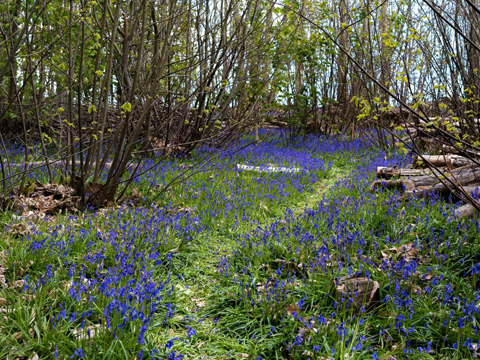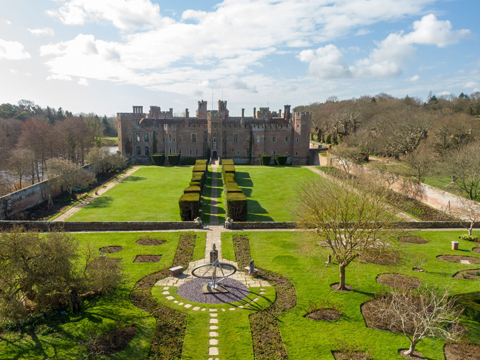 As many of you will already be aware, earlier this year, the Times Higher Education (THE) Impact Rankings revealed that Queen’s University had placed first in Canada and fifth in the world in its global ranking of universities that are advancing the United Nations’ Sustainable Development Goals (SDGs) within and beyond their local communities. The rankings measured more than 1,200 post-secondary institutions around the world and focused on the impact made in 17 categories measuring sustainability.
As many of you will already be aware, earlier this year, the Times Higher Education (THE) Impact Rankings revealed that Queen’s University had placed first in Canada and fifth in the world in its global ranking of universities that are advancing the United Nations’ Sustainable Development Goals (SDGs) within and beyond their local communities. The rankings measured more than 1,200 post-secondary institutions around the world and focused on the impact made in 17 categories measuring sustainability.
Established in 2019, THE Impact Rankings assess a university’s societal impact based on the UN’s SDGs, a set of goals outlining a universal call to action to protect the planet and improve the lives and prospects of everyone, everywhere.
Using carefully calibrated indicators across four broad areas – research, outreach, teaching, and stewardship – THE Impact Rankings are a recognition of those who are working today to build a better tomorrow. xx Here at the BISC, we supported the university’s submission to the THE and were able to provide evidence against several of the criteria. The release of these rankings marks a significant moment for us too here at the BISC as we turn our thoughts to a post-pandemic world and how we as both an academic institution and a commercial entity, will meet the challenges ahead.
For some months now, we have been looking at how we can align ourselves closer with the SDGs and how we will communicate this work to our applicants, students, staff, stakeholders and visiting public. The nature of the Estate, our location by the coast and our international recruitment profile mean that some SDGs, particularly those around the environment and climate action, inclusivity, and quality education, have real relevance to us. We are now looking at how we build a program of work to make a significant contribution to these.
Having traditionally relied on our stunning location as one of the primary drivers for students choosing to study at the BISC, it is interesting to note that the THE also released the results of a survey this week which that shows how international students are more likely to choose a university based on its commitment to sustainability than for its location. This shows the importance of communicating our work in these areas to prospective students and engaging them fully while here at the BISC.
We are implementing a new approach to the sustainable management of the Herstmonceux Castle Estate with a view to enhancing the Estate’s conservation. We have identified that these aims can be achieved through traditional seasonal conservation and natural grazing approaches.
We will do our utmost to ensure all aspects of the Estate's management deliver on the five key pillars of sustainability as we see them:
- Protection, improvement and diversification of habitats and ecosystems.
- An increased overall population of species diversity of flora and fauna.
- The effective delivery of ecosystem services.
- Creating a valuable educational resource.
- Becoming a source of public interest and eco-tourism.
The Estate’s management will be led through a rewilding approach where practicable. This essentially means a return to how the land would have been managed in medieval times. Through appropriate fencing of the Estate, it is hoped that one of the key drivers in the Estate's management will be nature itself.
 With appropriate use of grazing, careful introduction of specific livestock species and strict monitoring of stocking densities, we aim to replicate the work of now extinct or rare species which were once widespread throughout the UK. In an era when land management was not as commonplace, our environment was very much sculpted by such species, which happily co-existed with our native flora and fauna.
With appropriate use of grazing, careful introduction of specific livestock species and strict monitoring of stocking densities, we aim to replicate the work of now extinct or rare species which were once widespread throughout the UK. In an era when land management was not as commonplace, our environment was very much sculpted by such species, which happily co-existed with our native flora and fauna.
By re-introducing these species, we expect the ecosystem to subtly alter over time to replicate a mosaic of habitats that support a wide variety of species. Queen’s University has the unique opportunity to support this development in BISC and its property.
You can read more about the Castle’s rewilding plans in our Interview with Dr. Simon Coppard.